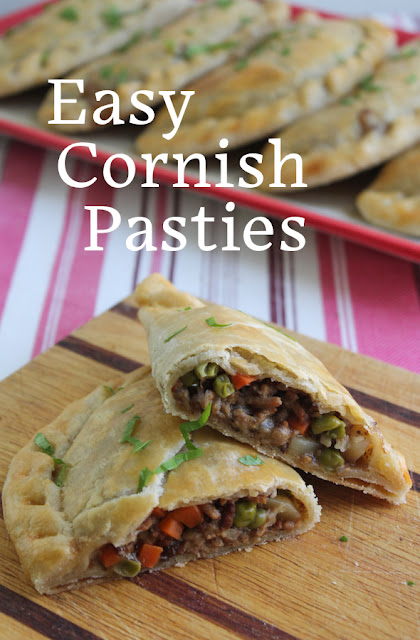Soft-boiled on the inside and crunchy on the outside, these tasty Scotch Quail Eggs are wrapped with sausage meat and covered in panko before frying.
The culinary origin of Scotch eggs is much debated but what all the sources I can find do agree on is that they aren’t actually Scotch, that is to say, they don’t come from Scotland.
More than likely, they are English with both a grocer called William J Scott & Sons in Yorkshire as well as the London gourmet food purveyor Fortnum and Mason claiming to have created them. Fortnum and Mason from as far back at 1738, predating the Yorkshire claim by close to 150 years.
Whoever made the first ones, they are still on the menu in many pubs all over the United Kingdom. Normally made with hen’s eggs, they are a substantial snack. My quail egg version is much less filling, so they make an excellent addition to an appetizer spread or party table.
Scotch Quail Eggs
Here in the States, your typical British sausage is hard to come by. Fortunately, we do have a company that makes them in Houston but you can substitute another raw pork sausage meat (not breakfast sausage though) with the caveat that American sausages are generally more coarse and saltier than their British counterparts. I buy my fresh quail eggs at local Asian supermarkets.
Ingredients
20 quail eggs
1 lb or 450g Cumberland sausages
2-3 sprigs fresh thyme plus more for garnish, if desired
1 large egg
1 tablespoon milk
1 cup or 70g panko
For frying: canola or other light oil
Method
Bring a small pot of water to a simmer. Ready a bowl of ice water nearby.
For soft boiled, which is always my goal, put four quail eggs in the simmering water at a time.
Leave to cook 2 1/2 minutes, stirring often so that they cook evenly. Remove the eggs with slotted spoon and put them in the ice water.
Peel the ones in the ice water immediately, starting at the pointy end. Add four more quail’s eggs to the pot, remembering to stir so they cook evenly. Repeat till all the quails’ eggs are cooked and peeled.
I forgot to stir one batch and they were not cooked evenly so peeling them was a challenge. Hence those are sitting in spoons for support. They still made lovely Scotch eggs.
Squeeze the sausage meat into a bowl, discarding the skins, then pick the thyme leaves off the sprigs and add them to the bowl. Stir well to mix.
At this point, you can continue with the preparation or chill in the fridge until you are ready to cook them.
Roll each ball in the beaten egg.
Using a thermometer, heat about 2 in or 5cm of oil in a deep pan to 350°F or 180ºC and very carefully fry the Scotch eggs in batches of three, for 1 to 2 minutes, or until golden brown, turning halfway through so the sausage layer is fully cooked.
Remove with caution and drain on paper towels. Put some newspaper or a brown paper bag underneath for more absorption. I lower the Scotch eggs in and remove them with a slotted spoon, so the oil can’t splash and burn me. I recommend you do the same.
It’s Sunday FunDay so today we are sharing nibbles for New Year's Eve! Many thanks to our host, Camilla of Culinary Cam. Check out the link list below.
- Seared Scallops in Lobster Creme from A Day in the Life on the Farm
- Boiled Egg Sandwiches from Sneha's Recipe
- Cranberry Brie Bites from Mayuri's Jikoni
- Fried Cheesy Pickles from Amy's Cooking Adventures
- From Cheesy to Chocolatey - Using My Caquelon All Evening Long from Culinary Cam
- Mushroom Duxelle on Toast from Sid's Sea Palm Cooking
- Scotch Quail Eggs from Food Lust People Love
We are a group of food bloggers who believe that Sunday should be a family fun day, so every Sunday we share recipes that will help you to enjoy your day. If you're a blogger interested in joining us, just visit our Facebook group and request to join.
























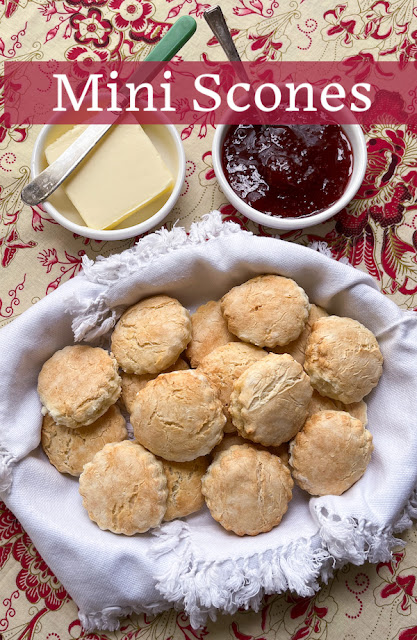
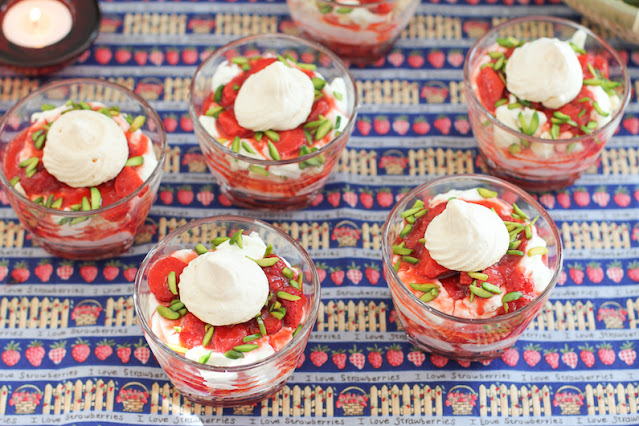





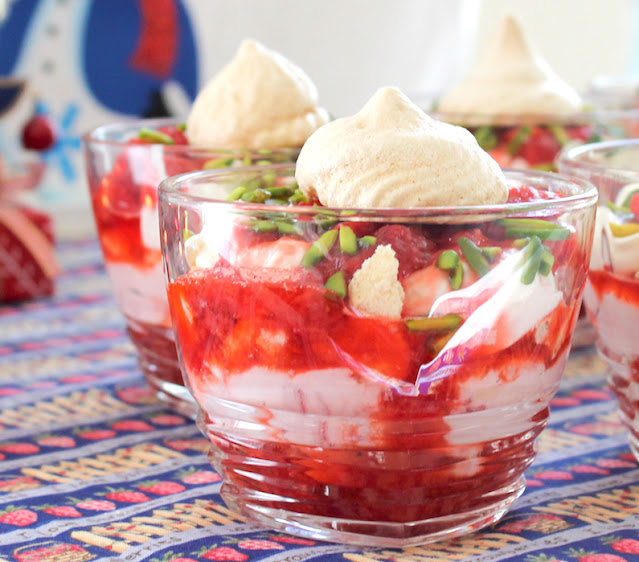

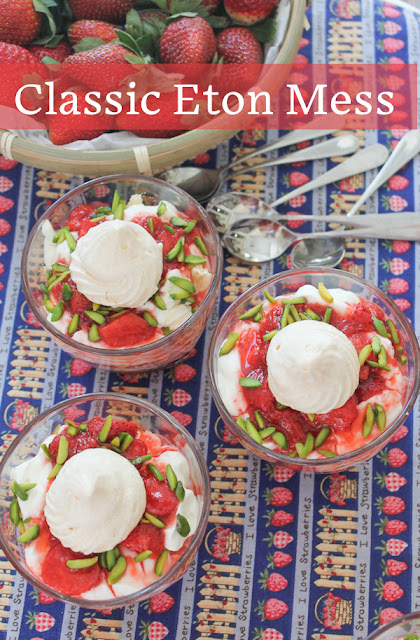
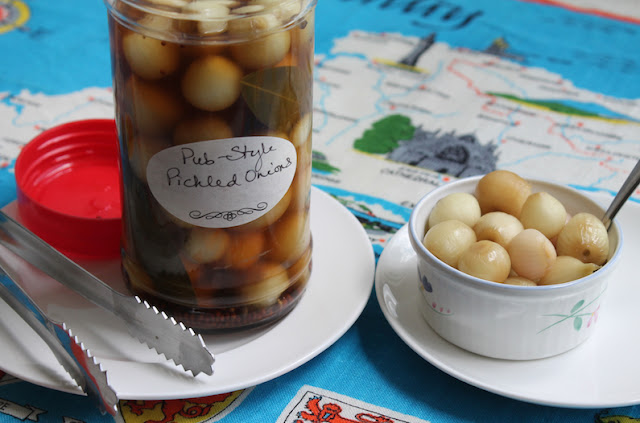







.png)
















.png)
